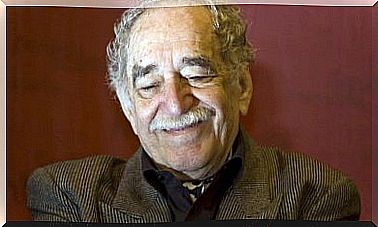A New Idea About Death, The Lazarus Effect

Advances in biology and medicine have confronted us with many paradoxes. Never like now has man had such a high life expectancy. But at the same time, never before has the concept of death been so relativized. Not even scientists agree to define it.
The procedures for artificially prolonging life are so many that they have given rise to strong ethical debates about the appropriateness and how to use them. But beyond this, the cases of people who die medically and then “resuscitate” or reactivate all their bodily functions, without any damage to the body , have also become frequent.
What’s going on?
The moment of death
Until a few decades ago there was consensus that a person was declared medically dead when circulation ceased. Cell death was known to take longer, but after 20 minutes without vital signs, the person was officially estimated to have died.
Now things have changed. Before the 20 minute range was an almost absolute truth. It was estimated that if there was a heart attack and the brain stopped receiving oxygen during that time, death was imminent. But cases began to appear in which some people remained more than four hours with the heart stopped and, even so, “came back to life” with the brain intact.
At first there were a few exceptions that could be counted on the fingers of the hand. But over time, there were new records in various parts of the world. At the moment there is no exact statistic, but it is known that it is a fact that occurs in less than 1% of the cases.
The million dollar question is, how reliable can those numbers be? How many people have “died” simply because they were no longer cared for after their vital signs disappeared? They are not small questions and even science does not clearly define at what point the threshold that marks the passage from life to death is.
Hypotheses
So far, the discussion is mainly advanced in cases where death links failures in the brain and the heart. So the first conclusion could be that a heart attack is not synonymous with death and that in these cases it must be carefully evaluated whether there was indeed death or not.
Professor Sam Parnia, director of resuscitation research at Stony Brook University in New York, indicates that he knows of cases in which people have lasted up to five hours clinically dead and then return to live in completely normal conditions. It also points out that resuscitation techniques must be applied correctly so that the body can return to normal.
Parnia is convinced that after the heart attack, the brain goes into a process that can be called “hibernating. ” It is as if he protects himself from death and to achieve this he reduces his activity to the maximum, waiting for better conditions to reactivate.
In his book “The Lazarus Effect” he indicates that the reactivation of the brain is a dangerous moment and requires proper management. The professor has successfully applied a method that consists of lowering the temperature of patients so that the brain carries out its process slowly and does not collapse in the attempt.
Death is probably not what it used to be and science is overdue to offer us a new definition.
Image courtesy of natalia_maroz









